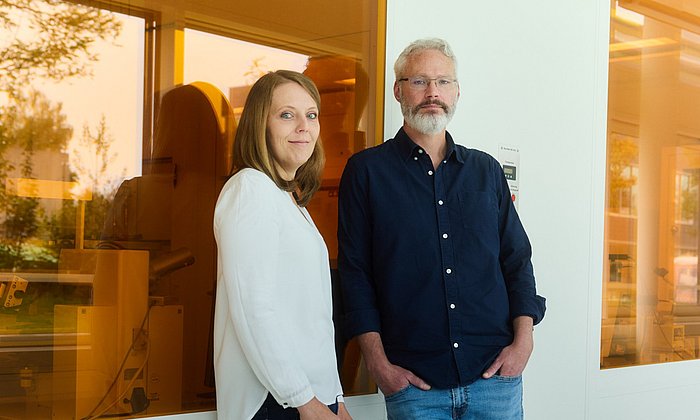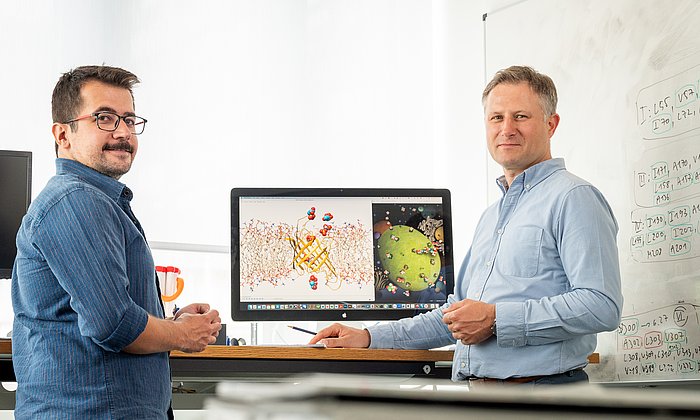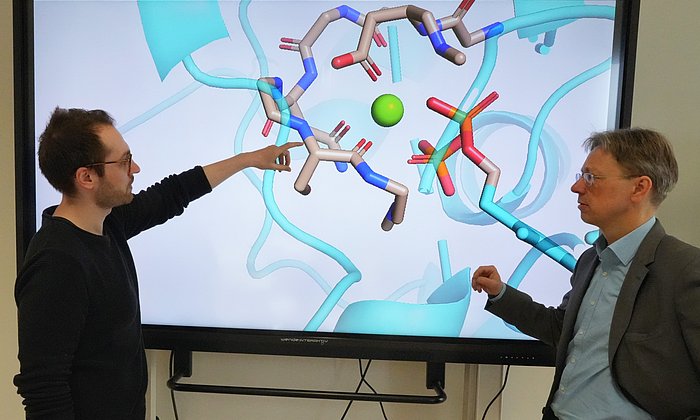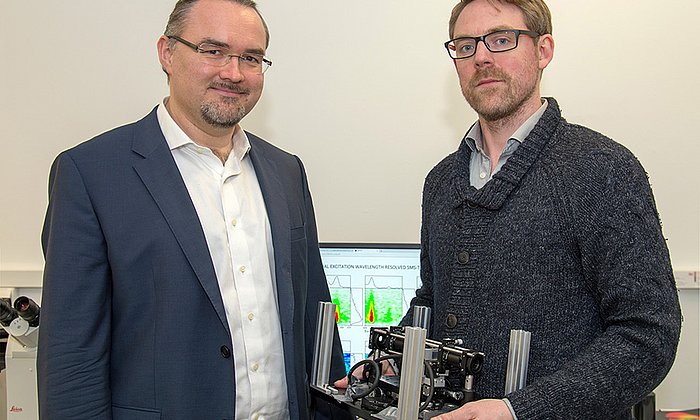Why do plants transport energy so efficiently and quickly?
Quantum mechanics helps with photosynthesis

The efficient conversion of solar energy into storable forms of chemical energy is the dream of many engineers. Nature found a perfect solution to this problem billions of years ago. The new study shows that quantum mechanics is not just for physicists but also plays a key role in biology.
Photosynthetic organisms such as green plants use quantum mechanical processes to harness the energy of the sun, as Prof. Jürgen Hauer explains: “When light is absorbed in a leaf, for example, the electronic excitation energy is distributed over several states of each excited chlorophyll molecule; this is called a superposition of excited states. It is the first stage of an almost loss-free energy transfer within and between the molecules and makes the efficient onward transport of solar energy possible. Quantum mechanics is therefore central to understanding the first steps of energy transfer and charge separation.”

This process, which cannot be understood satisfactorily by classical physics alone, occurs constantly in green plants and other photosynthetic organisms, such as photosynthetic bacteria. However, the exact mechanisms have still not been fully elucidated. Hauer and first author Erika Keil see their study as an important new basis in the effort to clarify how chlorophyll, the pigment in leaf green, works. Applying these findings in the design of artificial photosynthesis units could help to utilize solar energy with unprecedented efficiency for electricity generation or photochemistry.
For the study, the researchers examined two specific sections of the spectrum in which chlorophyll absorbs light: the low-energy Q region (yellow to red spectral range) and the high-energy B region (blue to green). The Q region consists of two different electronic states that are quantum mechanically coupled. This coupling leads to loss-free energy transport in the molecule. The system then relaxes through “cooling”, i.e. by releasing energy in the form of heat. The study shows that quantum mechanical effects can have a decisive influence on biologically relevant processes.
Erika Keil, Ajeet Kumar, Lena Bäuml, Sebastian Reiter, Erling Thyrhaug, Simone Moser, Christopher D. P. Duffy, Regina de Vivie-Riedle and Jürgen Hauer: “Reassessing the role and lifetime of Qx in the energy transfer dynamics of chlorophyll a” published in: Chemical Science 27.11.2024, https://doi.org/10.1039/D4SC06441K
Technical University of Munich
Corporate Communications Center
- Ulrich Meyer
- presse@tum.de
- Teamwebsite
Contacts to this article:
Prof. Dr. Jürgen Hauer
Technical University of Munich
TUM School of Natural Sciences
Associate Professor for Dynamic Spectroscopy
Phone +49 89 289 13420
juergen.hauer@tum.de
https://www.ch.nat.tum.de/dynspec/startseite/




